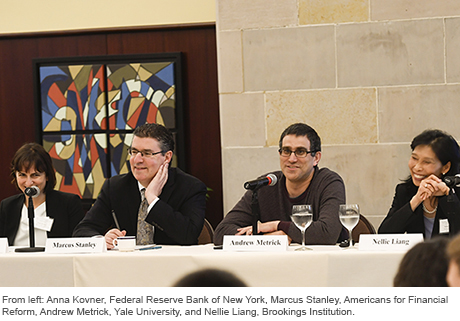
The size of the Federal Reserve’s balance sheet increased greatly between 2009 and 2014 owing to large-scale asset purchases. The balance sheet has stayed at a high level since then through the ongoing reinvestment of principal repayments on securities that the Fed holds. When the Federal Open Market Committee (FOMC) decides to reduce the size of the Fed’s balance sheet, it is expected to do so by gradually reducing the pace of reinvestments, as outlined in the June 2017 addendum to the FOMC’s Policy Normalization Principles and Plans. How do asset purchases increase the size of the Fed’s balance sheet? And how would reducing reinvestments reduce the size of the balance sheet? In this post, we answer these questions by describing the mechanics of the Fed’s balance sheet. In our next post, we will describe the balance sheet mechanics with respect to agency mortgage-backed securities (MBS).



















 RSS Feed
RSS Feed Follow Liberty Street Economics
Follow Liberty Street Economics